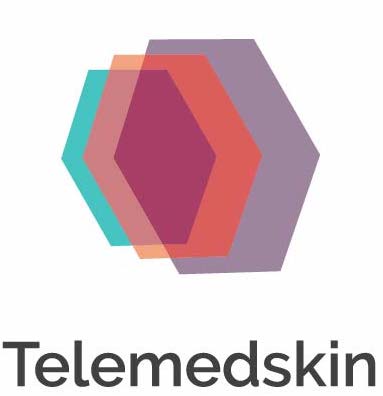The Digital Hospital: Fewer Referrals (a Telemedicine Experience in Sevilla, Spain) [2020]
- In 2017, the presenter wondered whether the teledermatology experience could be helpful in other medical disciplines. In other words, would this flow chart be reproducible in other medical fields?
- Obviously not by assessing clinical pictures, but:
- could other medical specialists assess clinical information and complementarity tests provided by the family physician to make remote decisions about the patient?
- could different specialists work together in a digital hospital to make remote decisions about patients complaining of different, bringing up different medical problems?
Patients complaints repeat themselves
- To address these questions, the author conducted a prospective project that involved family physicians from primary care centers in the area, and medical specialties from 15 medical and care units of the regional hospital:
- Family doctors and hospital specialists were asked to identify the most common problems that give rise to a hospital visits.
- For each of these problems, the a set of clinical data and diagnostic tests needed to make remote decisions, were defined.
- 15 units, 14 medical units, and one care unit took part in the study. Below are the most common complaints or problems behind hospital visits in each of the participating hospitals. And it’s 70 common complaints were identified problems who stood for roughly 60% of all the yearly outpatient workload.
Standard Testing methods and clinical data
- For each specialty, a testing method
- These are the tests that the hospitals specialist considered essential for making remote decision:
- Conventional x-ray, blood tests , Electrocardiography (ECG), for internal medicine-relatated specialties,
- Skeletal x-ray and visual analogy case for units dealing with joint problems and chronic pain, Brain CT scan or MRI for neurologic assessments and digital pictures for dermatology and nursing care.
Results
- The patient doesn’t require a hospital referral 3 quarters of the time.
- Results showed that with all these imaging or blood tests being be carried out or prescribed the primary care settings without having to come to a previous hospital visits:
- over a five month period just before the COVID lockdown, almost 12,000 patients were managed by the hospital digital staff
- the average response time was 72 hours to get the report.
- Results showed that with all these imaging or blood tests being be carried out or prescribed the primary care settings without having to come to a previous hospital visits:
Conclusion
- In 80% of these patients, no the diagnosis and the therapeutic decision if needed, was issued with no hospital visits.
- Half the patients didn’t need hospital treatment, nor follow up.
- 26% of the treatment and follow-up recommendations were to be made by the family doctor. The rest, 19% of the patients, were referred for in-person visits at the hospital.
David Roreno-Ramirez, MD. Everything started in Dermatology. 8th World Congress of Teledermatology, Skin Imaging and AI in Skin diseases – November 2020
